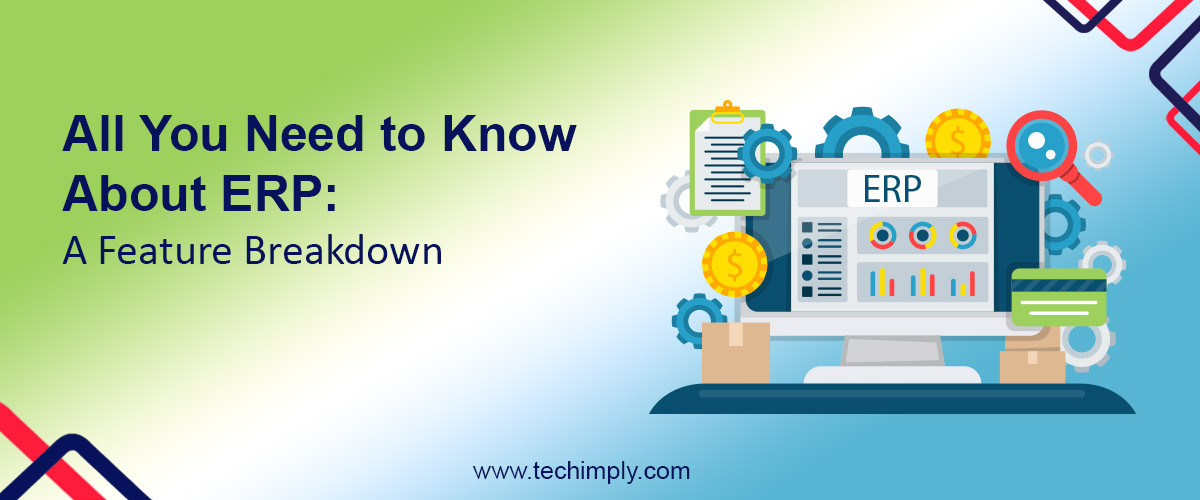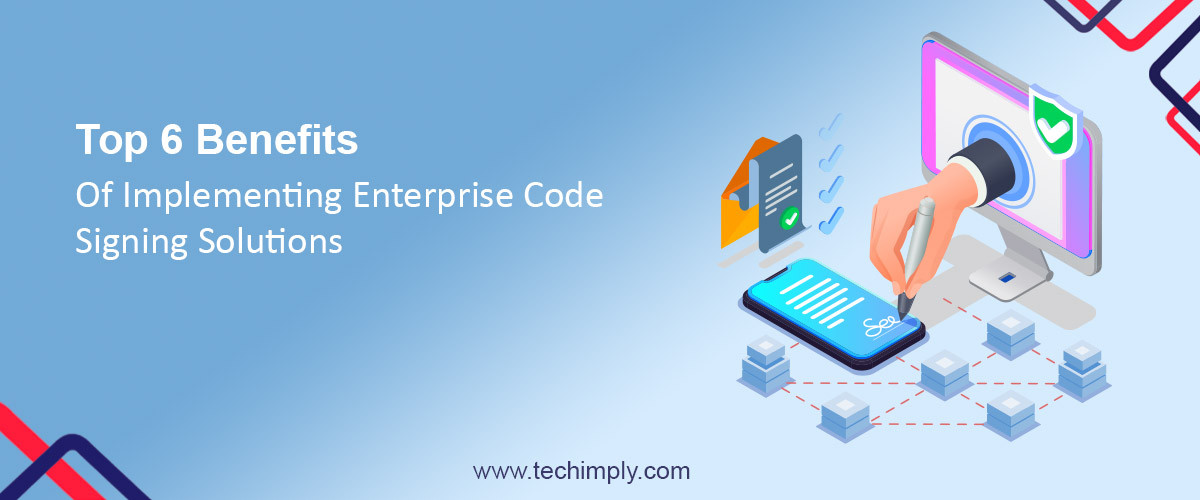Four predictions in Software Development for 2022
The State of Things
The pandemic hit in 2020 only lead to a united effort from various fronts to battle the Coronavirus. The technology that has been collated to fight for the human race allowed countries across the planet to vaccinate their large groups of citizens. The world of software development and the IT industry inevitably boomed in 2021.
2022, is set to be a battle between the newer mutations of the virus and the state-of-the-art technologies that research for vaccines can produce. When we talk about the software development industry, we can slate down a good number of things that would change, be innovated differently, and find alternate uses for existing technologies in the spectrum of application engineering.
Although seemingly a risky and unpredictable task, here are our predictions for key application engineering trends to look out for in 2022:
Cloud-Native Infrastructure
The public cloud is looking to replace data centers on central and regional levels. The adoption of metaverse by an entire government shows how integral cloud infrastructure has been for start-ups, big enterprises, and government agencies across the planet. In order to maintain consistent efforts in a business, it is a necessity that the enterprise’s systems that are used by the customers, employees, and partners, ensure and enables the organization’s overall business efficiency and agility to increase. Edge computing is set to also boom with the rise of technologies such as Web 3.0, 5G, etc. So, if you are a cloud engineer or a decision-maker in a digital engineering company, look out for MOOC certifications to learn better about the cloud or hire outsourcing engineering services.
Vendor locking happens with companies initially start adopting the public cloud. This is why many organizations try their best to make sure that they source cloud services from multiple sources. Democratizing cloud capabilities for many organizations is achieved through API-based services- this is done with the idea of cloud neutrality kept in mind, wherein
AI/ML Aiding in Niche Targeting
Artificial intelligence has become a staple in most software, where there is a constant algorithm reading customer actions and interactions. Observing patterns of human behavior and crafting solutions are sought for both a micro and macro scale for any enterprise. Neural networks and machine learning go hand-in-hand with AI, where they help to study these patterns and learn how to meet the end requirement better. This is the core of what sentiment analysis achieves, and automating this process with AI goes to lengths to increase efficiency.
AutoML (Automatic Machine Learning) is a recent initiative that started to automatize the usage of machine learning. In one way, it is similar to the Low Code/No Code initiative as it helps to augment ML experts to work better and also gives the non-ML expert the platform to work on. Being under the division of No-Code AI, AutoML is seen to have an increase in adoption in the coming years.
Experiencing Reality
Although there have not been extreme leaps in the industry of AR (Augmented Reality), VR (Virtual Reality), and MR (Mixed Reality) in the last few years, the reality of things is that there has been constant progress in each of these three fields. Along with customers constantly expecting new and exciting experiences, AR seeks to bridge this very gap. Augmented Reality can work wonders ranging from AR-powered GPS systems to museums that could adopt intuitive and innovative AR-powered holographic technology to spruce up the way humans experience a museum tour. Mixed reality is more into the future of bridging reality and digitally created worlds where it can essentially change the way we interact with the world. Microsoft backs MR as a worthwhile topic to discover by laying the foundation work of the theory through their product- HoloLens.
Securing Privacy & the Internet of Things
The internet of things is only getting bigger by the day as billions of devices are tapping into the net. The reasons to use the IoT can range from things as simple as controlling one’s personal light bulb or operating appliances in a hospital setting. Parking technology and many other day-to-day activities are rendered through the IoT such as transacting purely through a smart device. This also brings into the picture the significance of a well-designed UI/UX. The goal is to make customer experiences smooth, and this can be done through intuitive design which can go as far as determining how the application logic is defined, executed, and retained in the customer’s psyche.
Concern for security has also cropped up when it comes to the present Open-Source Development Model. A single developer or a few usually creates the core module, but if this library is compromised, then every company that is affiliated with it gets affected. It is time for companies to re-evaluate the current open-source model where the developer has an integral piece of the software but does not get benefits or financial support.
Entering 2022 in High Spirits
A lot of small companies and start-ups require cyber security but are not able to implement it efficiently due to resources or budgets not being allocated. Indium leverages public cloud providers such as Azure and AWS to provide you with unique solutions. Our experts are working hard to provide you with our digital engineering solutions. Get in touch now!'
Yoy May Also Like to See: Engineering Works in Pakistan
Author Bio:
Based in Bangalore, Adhithya Shankar is a B.A Journalism Honors graduate from Christ (Deemed to be University). He is aspiring to complete his higher studies in Mass Communication and Media, alongside pursuing a career in music and entertainment.

.png)




